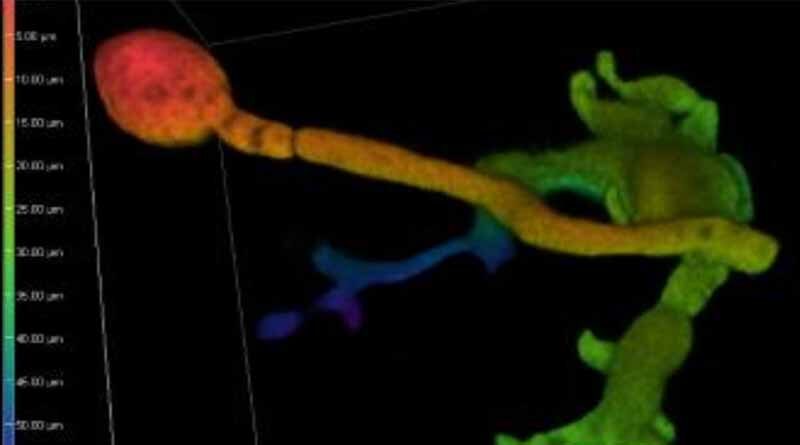New research sheds light on role of copper-dependent enzymes in plant infection
14 August 2021, UK: Crop pathogens like Phytophthora infestans – the origin of several European potato famines in the 19th century – still cause US$300bn worth of damage to global crop production each year and continue to threaten world food security.
Researchers at the James Hutton Institute and the University of York, working alongside colleagues in France, Saudi Arabia and the UK, have identified previously unexplored ways in which P. infestans breaks through plant cell walls, opening up opportunities for the development of effective and sustainable disease control technologies.
Also Read: Belarus Tractors paved way into Indian market
The research, published in the prestigious scientific journal Science, describes how a family of copper-dependent enzymes is present in P. infestans, promoting its ability to degrade pectin – a key component of plant cell walls – and enabling the pathogen to break through the plant’s defences. By silencing the gene responsible for producing these enzymes, researchers could inhibit the infection of potato plants.
Dr Steve Whisson, a molecular biologist at the James Hutton Institute’s Cell and Molecular Sciences department, said: “There are significant gaps in our knowledge of the molecular mechanisms underpinning successful host invasion by these pathogens.
“Penetrating the plant cuticle and cell wall is the first step in infection, and the cell wall represents the site of the major struggle between host and pathogen. Working with colleagues at the University of York, we have discovered an unexplored mechanism in which P. infestans weakens the plant cell wall during the early stages of infection.”
Dr Federico Sabbadin, from the University of York’s Centre for Novel Agricultural Products (CNAP), said: “These new enzymes appear to be important in all plant pathogenic oomycetes, and this discovery opens the way for potentially powerful strategies in crop protection”.
Professor Simon McQueen-Mason, also from CNAP, remarked that the work was “the result of interdisciplinary collaborations between biologists and chemists at York along with plant pathologists at the James Hutton Institute, and genomicists at CNRS, with invaluable molecular insights from Professor Neil Bruce (CNAP) and Professors Gideon Davies and Paul Walton in the Chemistry Department at York.”
The project New Enzymatic Virulence Factors in Phytophthora infestans is a collaboration with the University of York, running from 2021 to 2025, and is supported with a £1m grant from the Biotechnology and Biological Sciences Research Council, part of UK Research and Innovation (UKRI).
The James Hutton Institute’s Cell and Molecular Sciences (CMS) department is based in Dundee and comprises more than 100 plant scientists with research specialisms in cell and molecular biology, genomics, genetics, pathology and physiology.
A major research focus for CMS is on the genetic improvement of cereals, potatoes and soft fruit crops with respect to yield and quality, resource use efficiency and pest and disease resistance.















